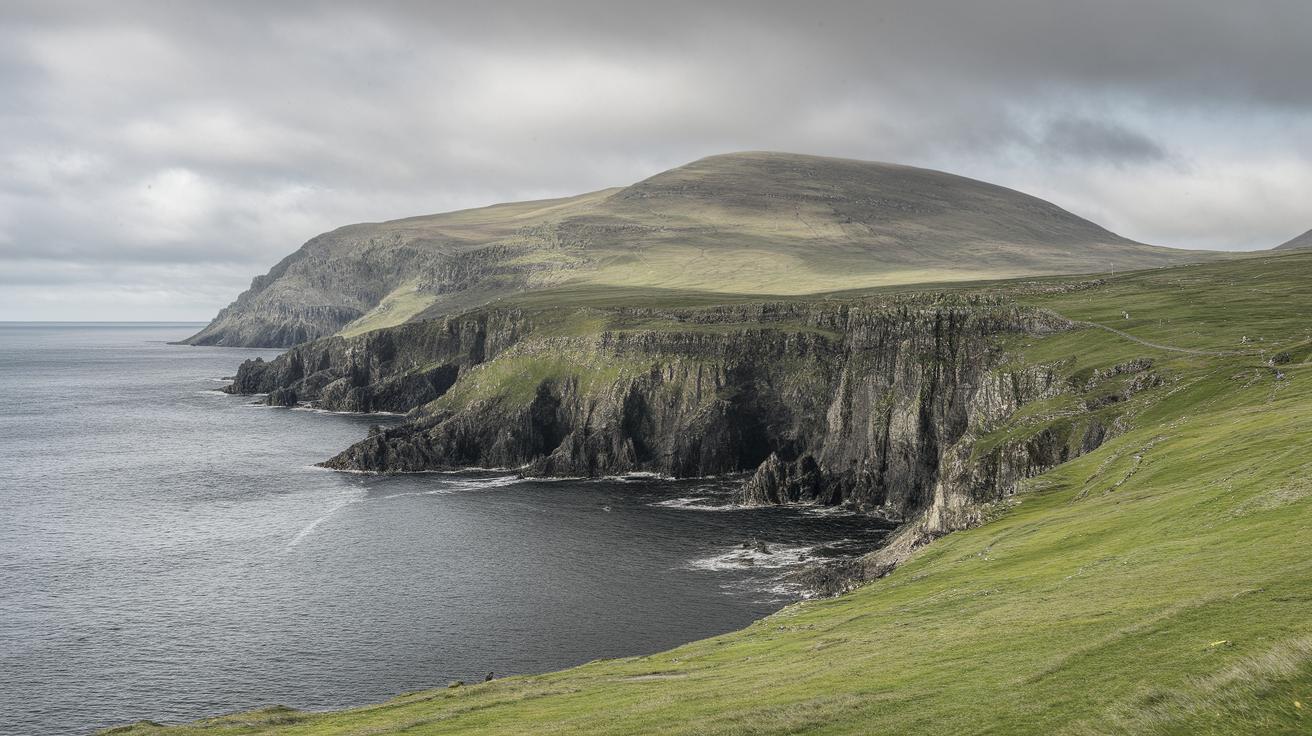Exploring the Economic Impacts of Tourism in Ireland
Ireland’s allure as a travel destination lies in its vibrant culture, rich history, and stunning landscapes. Over the years, tourism has grown into a pillar of the Irish economy, providing substantial contributions to employment, GDP, and local businesses. This article delves into the various economic impacts of tourism in Ireland. Key areas of focus include the contribution to GDP and employment, the support for small businesses and local communities, the role of tourism investment and infrastructure, and the effects of seasonality and sustainability. By understanding these factors, we gain insight into how tourism shapes the economic landscape of the Emerald Isle and what the future holds for this vital industry.
Contribution to GDP and Employment
Tourism is a significant driver of the Irish economy, with a notable impact on its Gross Domestic Product (GDP). According to recent studies, tourism contributes approximately 4% to Ireland’s GDP. This is reflective of both direct contributions, such as spending by tourists on services like accommodations and dining, and indirect contributions, which include the ripple effect of these expenditures across the economy.
Employment is another critical area where tourism leaves its mark. The industry supports over 260,000 jobs, accounting for approximately 11% of total employment in Ireland. These jobs span various sectors, including hospitality, transport, retail, and cultural services. The employment market greatly benefits from the tourism sector, as it provides opportunities across different skill levels and regions, contributing to more balanced regional development.
Support for Small Businesses and Local Communities
Tourism significantly bolsters small businesses in Ireland. In many rural and less industrialized regions, small and medium enterprises (SMEs) rely heavily on tourism for their revenue streams. Businesses such as local craft shops, family-run bed and breakfasts, and tour providers gain from the influx of visitors, enhancing the vibrancy and sustainability of local economies.
The support tourism provides to local communities extends beyond mere income. Cultural exchanges between tourists and residents foster greater community pride and cultural preservation. Visitors bring a fresh perspective and curiosity that often encourages locals to engage more deeply with their own heritage. Additionally, tourism helps fund local projects and initiatives through tourism taxes and community development grants, further supporting community resilience.
Tourism Investment and Infrastructure Development
Investment in tourism infrastructure is vital for attracting and accommodating visitors. Ireland has made significant strides in this area, with improvements in transportation networks, accommodations, and visitor services. These developments not only enhance the tourist experience but also drive economic growth by creating construction jobs and purchasing local materials.
Infrastructure development also improves the quality of life for Irish residents. Enhanced transport links, such as better roads and public transport options, benefit locals and tourists alike. Moreover, increased funding for heritage sites and natural attractions ensures their preservation and sustainability, offering long-term economic and environmental benefits.
Seasonality and Sustainability Challenges
Despite its many benefits, the tourism industry in Ireland faces challenges related to seasonality. The majority of tourist activity peaks during the summer months, leading to fluctuations in employment and business revenue. Businesses often rely heavily on this short peak season to fund operations year-round, which can cause instability in local economies.
Sustainability is another pressing concern. The environmental impact of tourism, such as increased carbon emissions and pressure on natural resources, poses long-term risks unless managed carefully. Initiatives aimed at promoting sustainable tourism—like eco-friendly accommodations, sustainable transportation, and responsible tourism campaigns—are crucial in mitigating these issues, ensuring that tourism continues to benefit Ireland’s economy without compromising its natural treasures.
Next Steps
| Economic Impact | Details |
|---|---|
| Contribution to GDP | Tourism contributes approximately 4% to Ireland’s GDP through direct and indirect means. |
| Employment | Tourism supports over 260,000 jobs, making up about 11% of national employment. |
| Support for Small Businesses | Provides vital revenue streams for SMEs, enhancing local economies. |
| Community Development | Fosters community pride and contributes to local projects through funding. |
| Infrastructure Development | Improves transport and facilities, benefiting both residents and tourists, and spurring economic growth. |
| Seasonality Challenges | Causes employment and revenue fluctuations, impacting economic stability. |
| Sustainability Concerns | Environmental impact necessitates sustainable practices to preserve tourist sites. |


